Navigating the World of Component Distributors: A Comprehensive Guide
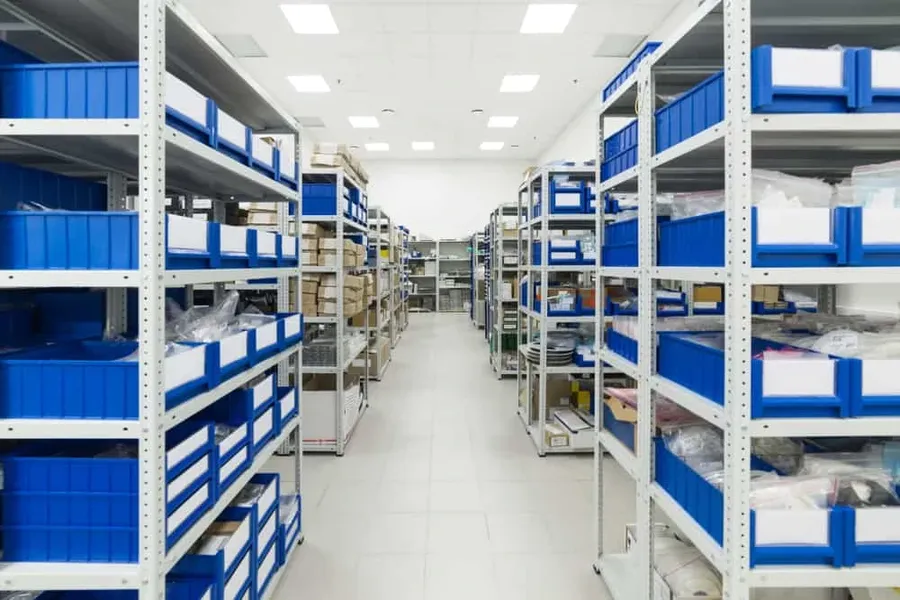
In today's hyper-connected world, electronic components are the building blocks of countless devices. Component distributors, like the critical arteries of supply chains, ensure these parts reach manufacturers, innovators and individuals, bridging the gap between design concepts and finished products. This article explores the landscape of component distributors, providing crucial insights for anyone seeking to procure reliable components, from well-established global players to niche specialists.
The Role of Component Distributors in the Electronics Industry

Component distributors are pivotal intermediaries within the electronics industry, bridging the gap between component manufacturers and end-users. They streamline the supply chain by procuring, stocking, and distributing a wide range of electronic components, from basic resistors and capacitors to complex integrated circuits and microcontrollers. These distributors not only facilitate access to necessary parts but also offer value-added services such as kitting, tape and reeling, and customized packaging. Their role is essential for ensuring efficient and timely delivery of components to various sectors, including automotive, aerospace, consumer electronics, and telecommunications.
Types of Component Distributors
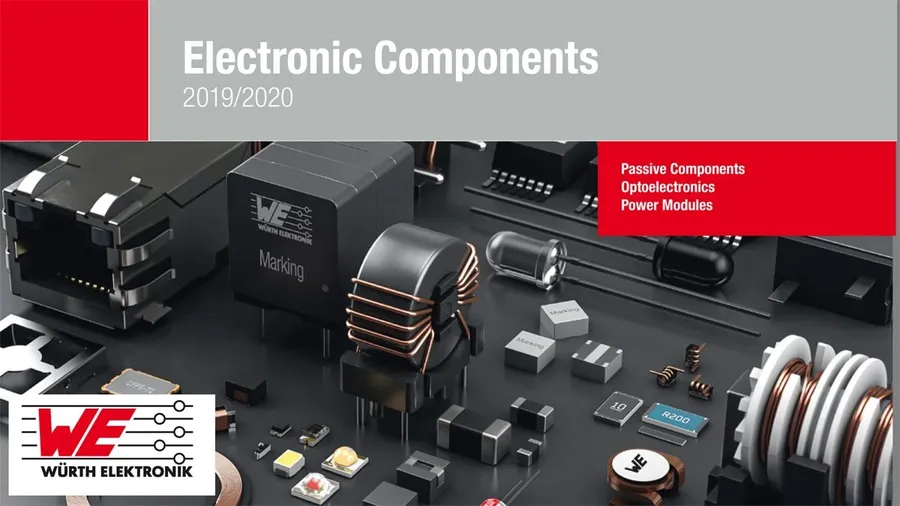
Component distributors play a crucial role in the electronics industry, acting as intermediaries between component manufacturers and the businesses that require these parts. These distributors are not monolithic entities; they vary significantly in their operational models, impacting the products, services, and support they offer. Understanding these differences is essential for selecting the most appropriate partner for specific sourcing needs. This section will explore the main types of component distributors, outlining their unique characteristics and implications.
- Authorized Distributors
Authorized distributors have a direct contractual agreement with the component manufacturer, ensuring they sell genuine parts with full manufacturer backing. This relationship guarantees product authenticity, traceability, and access to manufacturer support. They often provide warranties and adhere to strict quality standards. Benefits include reliable supply chains and minimized risks, but prices may be higher compared to other options. - Independent Distributors
Independent distributors, also known as brokers, source components from various channels without direct manufacturer authorization. While they may offer lower prices and access to hard-to-find parts, there are higher risks of counterfeit products or issues with traceability. Due diligence is crucial when dealing with independent distributors to verify product authenticity. They are useful for sourcing legacy or obsolete components. - Franchise Distributors
Franchise distributors operate under a contractual agreement with specific manufacturers, granting them the right to sell products within a defined territory. They offer authorized products with manufacturer support, similar to authorized distributors, but with a focus on specific brands or regions. Benefits include product reliability and support but may not offer a comprehensive range of products beyond their franchised lines.
| Distributor Type | Relationship with Manufacturer | Product Authenticity | Pricing | Support | Best Use Cases |
|---|---|---|---|---|---|
| Authorized Distributor | Direct Contract | Guaranteed | Generally Higher | Full Manufacturer Support | New, Standard Components |
| Independent Distributor | No Direct Contract | Risk of Counterfeit | Generally Lower | Limited | Hard-to-find, Legacy Components |
| Franchise Distributor | Contract for specific brands/region | Guaranteed for franchised brands | Moderate to High | Manufacturer Support for franchised brands | Specific brands, defined regions |
Key Factors to Consider When Choosing a Distributor
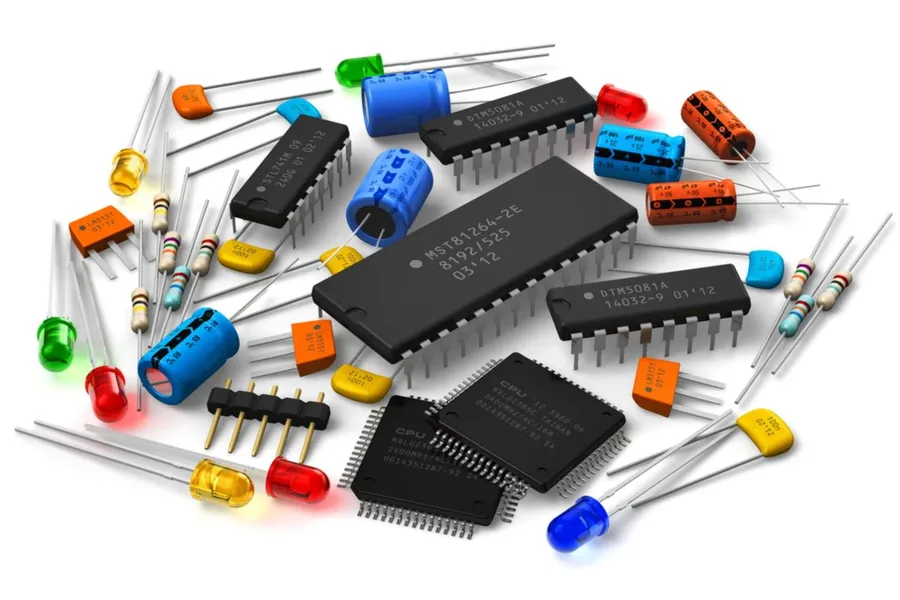
Selecting the appropriate component distributor is crucial for any organization involved in electronics manufacturing or product development. This decision impacts not only the cost of components but also the quality, reliability, and speed of the entire supply chain. A thorough evaluation based on multiple factors is essential to ensure a successful partnership.
The selection process should be based on a comprehensive evaluation of the following criteria.
- Product Range and Availability
A distributor's product portfolio must align with the specific needs of the customer. This includes the diversity of components offered (e.g., integrated circuits, passive components, electromechanical parts) and their availability. A distributor with a broad range and strong inventory can simplify the procurement process and reduce the number of suppliers needed. Consider their specialization as some distributors focus on specific component types. - Pricing and Payment Terms
Competitive pricing is an important factor, but it should not be the sole determinant. A comprehensive evaluation should also include the payment terms offered by the distributor, like net days or other extended financing options. Investigate for hidden fees or charges, and consider the total cost of ownership, including shipping and handling. - Inventory Management and Lead Times
The distributor's inventory management system should be robust and transparent, providing real-time updates on stock levels. Assess lead times and identify distributors who can meet project timelines. A distributor's ability to fulfill orders on time is crucial, particularly when dealing with urgent needs. Additionally consider their processes for managing back orders and obsolescence of parts. - Certifications and Quality Assurance
Verify that the distributor holds relevant certifications, such as ISO 9001 or AS9120, which indicate adherence to rigorous quality management standards. This is particularly important when sourcing for critical applications. Ask for traceability documentation and check the distributor's procedures for handling quality-related issues. - Customer Support and Technical Assistance
The level of customer support offered by a distributor is vital for a smooth procurement process. Assess their responsiveness, technical knowledge and problem-solving capabilities. Distributors with engineering teams or technical specialists can add additional value through design support and component selection assistance. - Due Diligence and Risk Assessment
It is crucial to perform due diligence before selecting a distributor. Check their history, reputation and financial stability. Also verify their supply chain to minimize the risk of counterfeit components. Consider if they have a conflict of interest with your company
Top Global Component Distributors: A Comparative Analysis
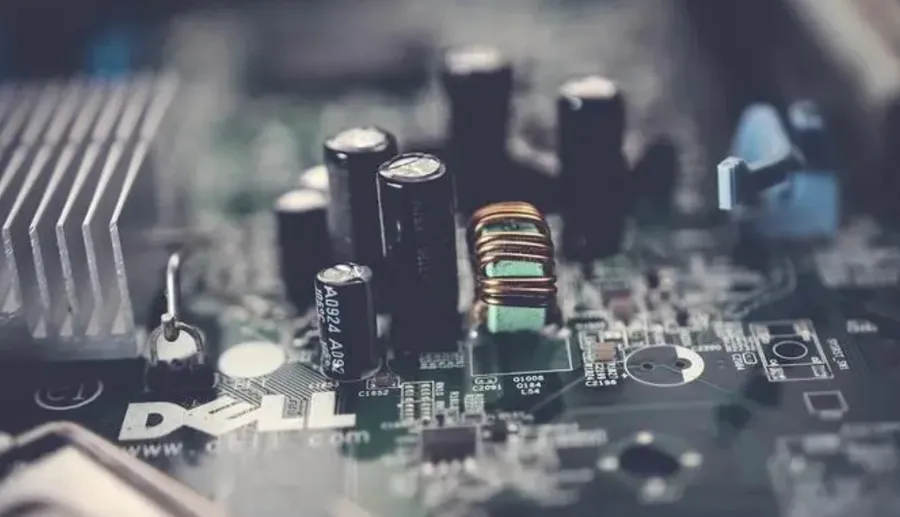
This section provides an in-depth analysis of leading global component distributors, focusing on their unique strengths, product specializations, geographic reach, and the specific customer segments they serve. Understanding these nuances allows engineers and procurement specialists to make informed decisions when selecting a distribution partner.
| Distributor | Strengths | Product Specialization | Geographic Reach | Target Customer Base | Value-Added Services |
|---|---|---|---|---|---|
| Mouser Electronics | Extensive catalog, new product introductions (NPI), strong online presence | Broad range of components, emphasis on semiconductors and passives | Global, with strong presence in North America, Europe, and Asia | Design engineers, R&D departments, and prototype builders | Custom kitting, BOM management tools, technical support |
| DigiKey | Extensive inventory, high availability of stock, efficient online ordering | Comprehensive component selection, including electromechanical devices and embedded systems | Global, with strong presence in North America and Europe | Small- to medium-sized businesses, educational institutions, and individual engineers | API integration, online design tools, and fast shipping |
| CDI (Component Distributors Inc.) | Focus on supply chain solutions, strong relationships with major manufacturers | Specializes in interconnect, passive, and electromechanical (IP&E) components | Global, with a significant presence in North America | Large-scale manufacturing companies and OEMs | Supply chain management, inventory optimization, and logistics support |
| Arrow Electronics | Global reach, broad range of services, strong relationships with major manufacturers | Comprehensive component selection, emphasizes semiconductors, embedded solutions, and industrial products | Global, with a strong presence across all major regions | Large OEMs, technology innovators, and contract manufacturers | Design engineering services, supply chain management, and end-of-life solutions |
| Avnet | Extensive distribution network, global logistics capabilities, strong in value added services | Offers a wide range of components, including semiconductors, interconnect, passive and electromechanical devices | Global, with a strong presence across all major regions | Large OEMs and enterprise customers | Design chain and supply chain management, technical and financial solutions |
Benefits of Partnering with Authorized Component Distributors
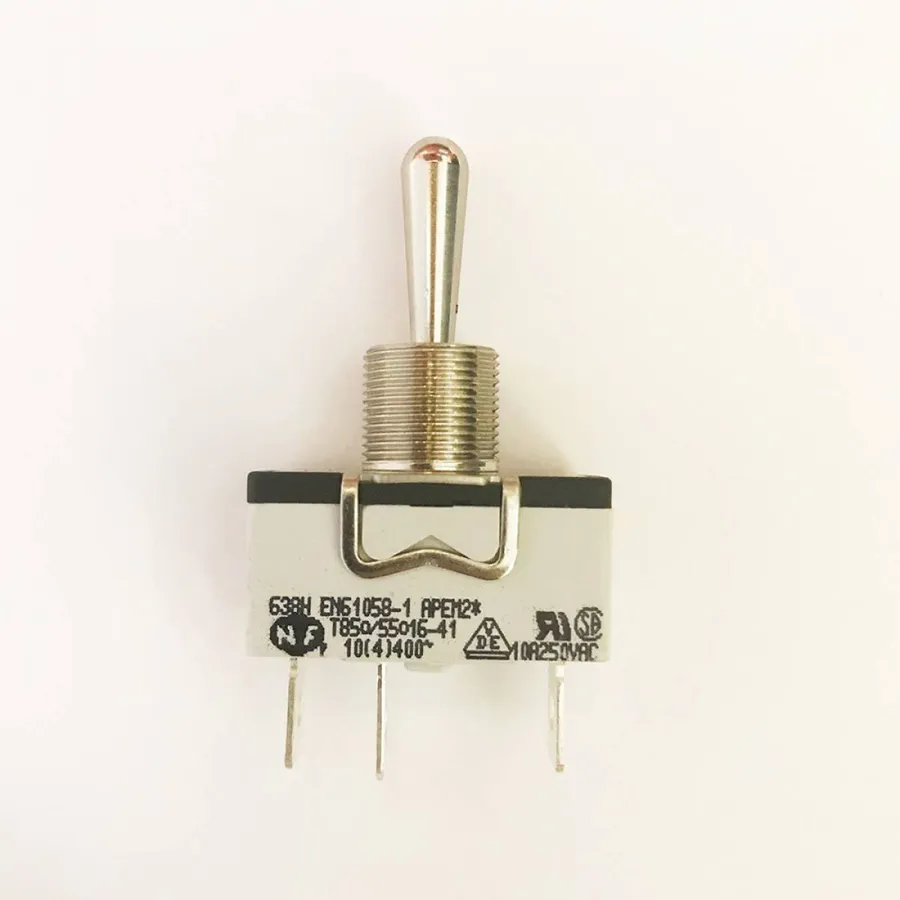
Partnering with authorized component distributors offers significant advantages, primarily centered around risk mitigation, quality assurance, and comprehensive support. These distributors, directly sanctioned by the component manufacturers, provide a secure and reliable channel for sourcing electronic parts.
- Guaranteed Product Authenticity
Authorized distributors supply genuine components, sourced directly from the manufacturer, minimizing the risk of receiving counterfeit or substandard parts, which can lead to product failures and financial losses. This guarantee is crucial for maintaining the integrity and reliability of end products. - Enhanced Traceability
Authorized distributors provide full traceability of components back to their origin, facilitating efficient identification and management of any issues, such as quality defects, that may arise. This transparency is vital for regulatory compliance and quality control. Traceability data often includes batch numbers, manufacturing dates, and other key identifiers. - Access to Technical Support
Authorized distributors typically offer direct access to manufacturer-trained technical support teams. This access is invaluable for resolving technical queries, obtaining application-specific advice, and addressing any challenges encountered during the design and implementation phase. Technical support helps to expedite development cycles and reduce overall project risk. - Reduced Risk of Counterfeit Components
Counterfeit electronic components are a significant concern in the industry. Authorized distributors adhere to stringent quality control processes and have established channels with manufacturers, making it exceedingly difficult for counterfeit parts to enter their supply chains. Consequently, businesses greatly reduce the risk of inadvertently incorporating fake parts when sourcing from authorized distributors. - Access to Up-to-Date Product Information
Authorized distributors provide the latest product specifications, datasheets, and application notes, ensuring that customers are working with the most current and accurate information. This minimizes design errors and supports ongoing product improvements. In addition, they often provide notifications about product discontinuations or updates. - Compliance and Regulatory Adherence
Authorized distributors can provide certificates of compliance, adherence to environmental standards, and information regarding restricted materials, ensuring that all components meet the required industry standards and regulations for safety, environmental protection, and other key areas of compliance.
Frequently Asked Questions (FAQs) About Component Distributors
This section addresses frequently asked questions regarding component distributors, providing clear and concise answers to common queries and misconceptions within the electronics industry. These questions are designed to provide clarity on the roles, functions, and key players in the component distribution landscape, drawing from industry expertise and reliable data.
- Who is the largest electronic component distributor globally?
While market share fluctuates, leading distributors often include companies like Arrow Electronics, Avnet, and Digi-Key. The 'largest' can be measured by revenue, geographic reach, or product portfolio, but these firms consistently rank at the top due to their extensive operations and global presence. - What exactly does an electronic component distributor do?
An electronic component distributor acts as an intermediary between manufacturers of electronic components and end-users (e.g., engineers, manufacturers, and research institutions). They purchase components in bulk from manufacturers, hold inventory, and resell these components to their customers. They may also offer value-added services like kitting, tape and reeling, and technical support. - Is Mouser Electronics still in business?
Yes, Mouser Electronics is a thriving and reputable global distributor of electronic components. It is a major player in the industry, known for its wide selection and extensive catalog of components available for immediate shipment. - What is Jameco Electronics known for in the component distribution landscape?
Jameco Electronics is a well-established distributor that caters to hobbyists, students, and small businesses, known for offering a wide range of electronic components at competitive prices, often in smaller quantities, unlike many large distributors who focus on high-volume sales. - What are the differences between authorized and independent component distributors?
Authorized distributors have a direct relationship with the component manufacturer, providing traceability, genuine parts, and often direct technical support from the manufacturer. Independent distributors, on the other hand, may source components from various avenues, offering lower costs but potentially with risks of counterfeit or non-compliant parts, although many reputable independent distributors perform rigorous testing. - How does the pricing from component distributors compare to buying directly from manufacturers?
Component distributors may offer more competitive pricing for smaller order volumes, particularly for components from diverse manufacturers. However, large volume orders directly from manufacturers often provide the most cost-effective solution. Distributors add value with their ability to manage diverse inventory and ship quantities that manufacturers might not handle efficiently. - What certifications or standards should I look for when choosing a distributor?
Reputable distributors should comply with quality management standards like ISO 9001 and AS9120 (for aerospace applications), and may hold certifications related to anti-counterfeiting programs. These certifications assure that the distributor has implemented robust processes to maintain product integrity, traceabilty and authenticity.
The Future of Component Distribution
The landscape of component distribution is undergoing significant transformation, driven by e-commerce, globalization, and a growing emphasis on sustainability and ethical sourcing. These trends are compelling distributors to adapt their strategies and operations to remain competitive and meet evolving customer expectations.
E-commerce is revolutionizing the way components are sourced, providing greater access to global markets and fostering transparency in pricing and availability. This shift is also enabling smaller businesses and individual users to purchase components directly, bypassing traditional distribution channels. Simultaneously, globalization is expanding supply chains, increasing the need for efficient logistics and international distribution networks. Finally, growing environmental and social awareness is driving demand for components produced sustainably and ethically, requiring distributors to scrutinize their sourcing and supply chain practices.
To address these challenges and opportunities, component distributors are investing in digital platforms, data analytics, and robust supply chain management systems. They are also developing new service offerings such as just-in-time delivery, customized kitting, and advanced component traceability. These initiatives are designed to improve efficiency, reduce costs, and ensure product quality, ultimately enhancing customer satisfaction. The future of component distribution will be characterized by greater agility, transparency, and an increased focus on customer-centric solutions.
Actionable Tips for Securing Components Effectively
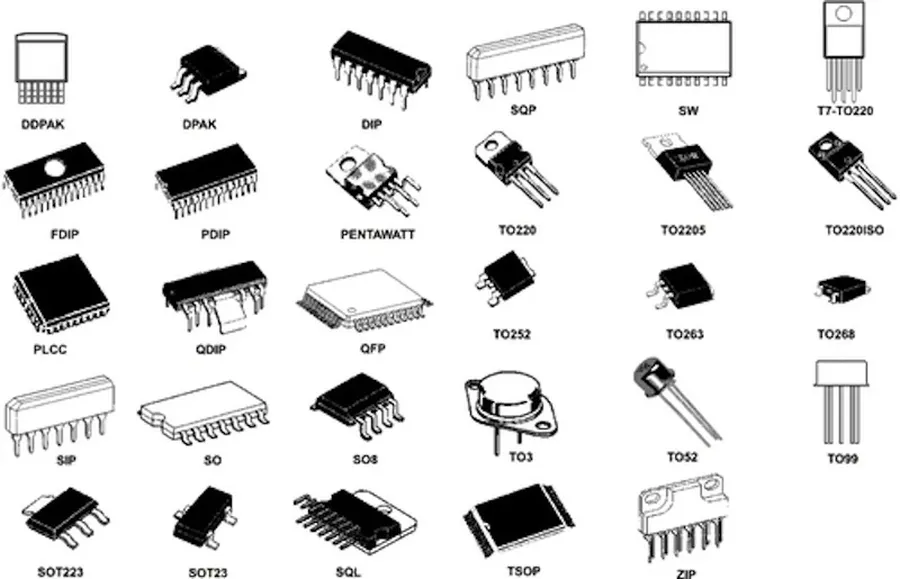
Securing electronic components efficiently requires a strategic approach, involving thorough market research, careful distributor selection, and the establishment of robust supplier relationships. This section provides actionable steps to navigate this process effectively.
- Conduct Comprehensive Market Research
Begin by understanding your specific component requirements, including technical specifications, quantities, and desired delivery timelines. Analyze market trends to anticipate potential shortages or price fluctuations. Tools such as industry publications, market reports, and online databases can provide valuable insights. - Identify Potential Distributors
Compile a list of potential distributors based on your research. Consider authorized distributors, independent distributors, and franchise distributors, each offering distinct advantages and disadvantages. Prioritize those distributors with a proven track record, a strong reputation, and relevant certifications. - Compare Distributor Options
Evaluate each potential distributor based on factors such as product range, pricing, inventory availability, lead times, shipping options, and customer support quality. Request quotes from multiple distributors and compare them to ensure you are getting the best possible value. - Assess Component Authenticity and Traceability
Verify that the components you are sourcing are authentic and traceable, particularly when dealing with independent distributors. Request documentation such as certificates of conformance and traceability reports to ensure product integrity and reduce the risk of counterfeit components. - Negotiate Contract Terms
Before finalizing a purchase, negotiate favorable contract terms, including payment terms, delivery schedules, return policies, and warranty provisions. Make sure these terms are clearly stated in a written agreement to avoid any misunderstandings. - Establish Long-Term Supplier Relationships
Focus on establishing long-term relationships with reliable distributors to ensure a consistent supply of high-quality components. Regular communication, mutual trust, and adherence to agreements are key to fostering robust partnerships. - Implement a Quality Control Process
Upon receiving components, implement a robust quality control process to verify that the products meet your required specifications and quality standards. This will help identify any discrepancies or defects early on, minimizing the potential for problems during the manufacturing process.
Table: Comparing Key Component Distributors
A structured comparison of leading component distributors is presented below, offering a clear overview of their core characteristics to assist users in identifying the most suitable partner for their specific needs. This table will enable the reader to make an informed decision when choosing from the variety of options available in the electronic component distribution market.
| Distributor | Product Range | Geographic Reach | Target Customers | Key Strengths | Value-Added Services |
|---|---|---|---|---|---|
| Mouser Electronics | Broad range of components, including semiconductors, passives, interconnects, and electromechanical components. | Global, with strong presence in North America, Europe, and Asia. | Primarily caters to design engineers, prototype builders, and small to medium-sized businesses. | Extensive inventory, new product introduction, strong e-commerce platform, and excellent customer service. | BOM tool, online technical resources, same-day shipping, and various kitting options. |
| DigiKey | Comprehensive selection of components, spanning semiconductors, passives, electromechanical, and embedded solutions. | Global reach with significant presence in North America, Europe, and Asia. | Design engineers, hobbyists, and small to medium-sized businesses. | Large inventory, rapid product availability, robust search engine, and large selection of products. | Free online tools, API, BOM management, and technical support. |
| Arrow Electronics | Wide range of components with a focus on semiconductors, embedded solutions, and enterprise computing. | Global, with extensive sales and distribution networks worldwide. | Original equipment manufacturers (OEMs), contract manufacturers (CMs), and large-scale industrial clients. | Supply chain expertise, broad engineering support, global logistics capabilities, and value recovery services. | Design engineering support, supply chain solutions, kitting, and obsolescence management. |
| Avnet | Diverse range of electronic components, focusing on embedded systems, IoT solutions, and high-performance computing. | Global, with a strong presence in North America, Europe, and Asia. | OEMs, CMs, and companies developing advanced technology solutions. | Supply chain solutions, engineering design services, strong supply chain expertise, and global support. | Design and engineering services, supply chain and logistics, and customer support. |
| Future Electronics | Extensive inventory of semiconductors, passives, and electromechanical components. | Global, with significant operations in the Americas, Europe, and Asia. | Wide range of customers including OEMs, contract manufacturers, and resellers. | Strong market knowledge, regional expertise, and focus on customer relationship management. | Value added services, supply chain solutions, and technical support. |
Component distributors form the very backbone of the electronics industry, impacting everything from the latest gadgets to complex industrial systems. Choosing the right distributor, whether a large player or a specialist, is crucial for reliable component access and overall project success. By understanding their diverse roles and staying updated on industry trends, you can effectively navigate the landscape of component distribution, ensuring your designs are powered by quality components sourced from trusted partners, like the ones mentioned above. Consider the long-term implications and ensure a strategic approach to build lasting partnerships with component distributors.
 AnyPCBA
AnyPCBA